Many of my images or photo series are concept based, a photographic interpretation of an idea. This series – meant to be viewed in the order shown – was inspired by the way I sometimes fall asleep. I see images, at first clear and meaningful but becoming increasingly abstract up to the point of being indecipherable, then I’m gone into dreams. Do you dream in colour or in black and white? Do you dream visually or in emotions? Some of these images are in colour, some in black and white, all conjure up an emotion in me.
From ‘Alice in Wonderland’ by Lewis Carroll
“…the hot day made her feel very sleepy and stupid… she was just in time to see it pop down a large rabbit-hole… The rabbit-hole went straight on like a tunnel … she found herself falling down a very deep well…she tried to imagine what the flame of a candle is like after the candle is blown out…”
Images taken with a Leica MP and Avenon ‘air-lens’.
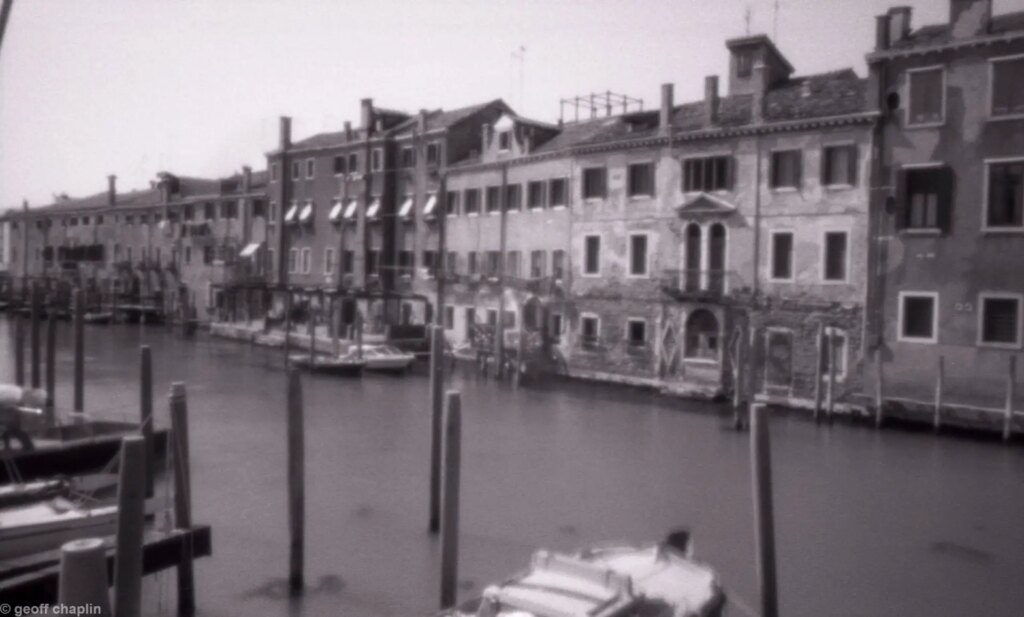
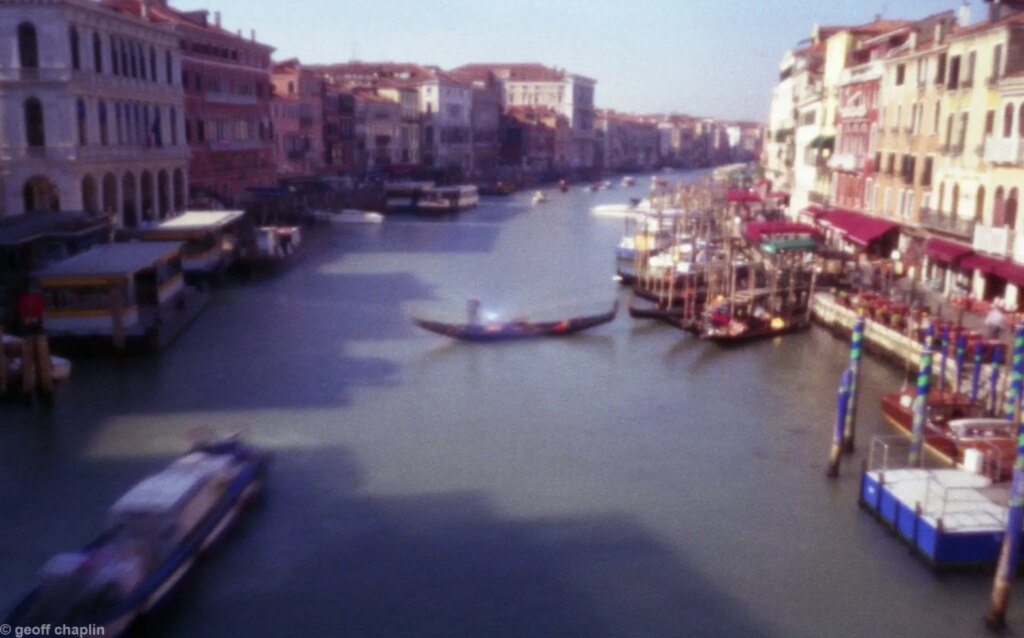
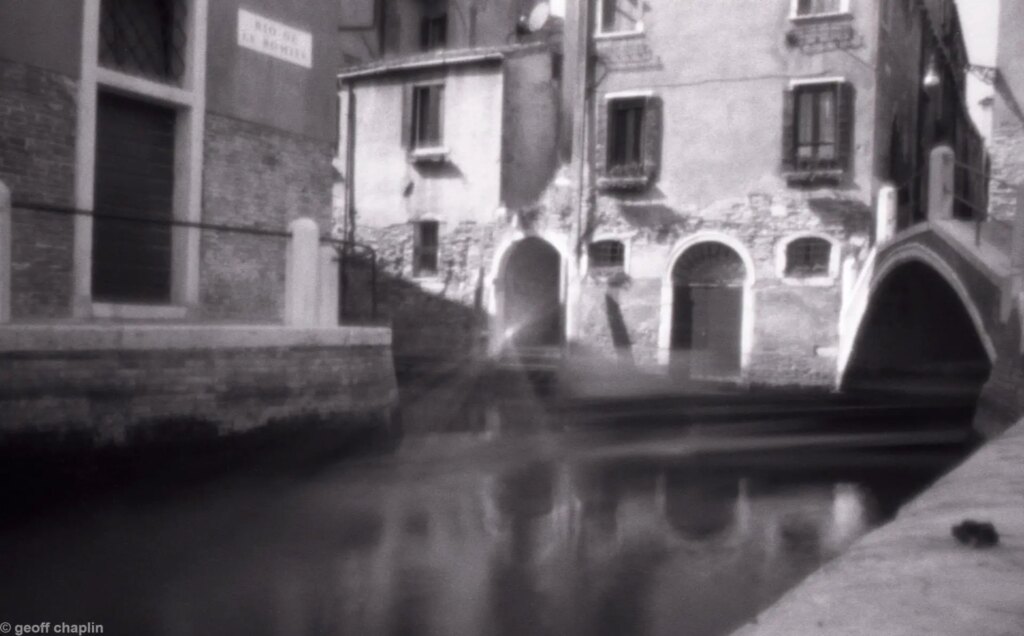
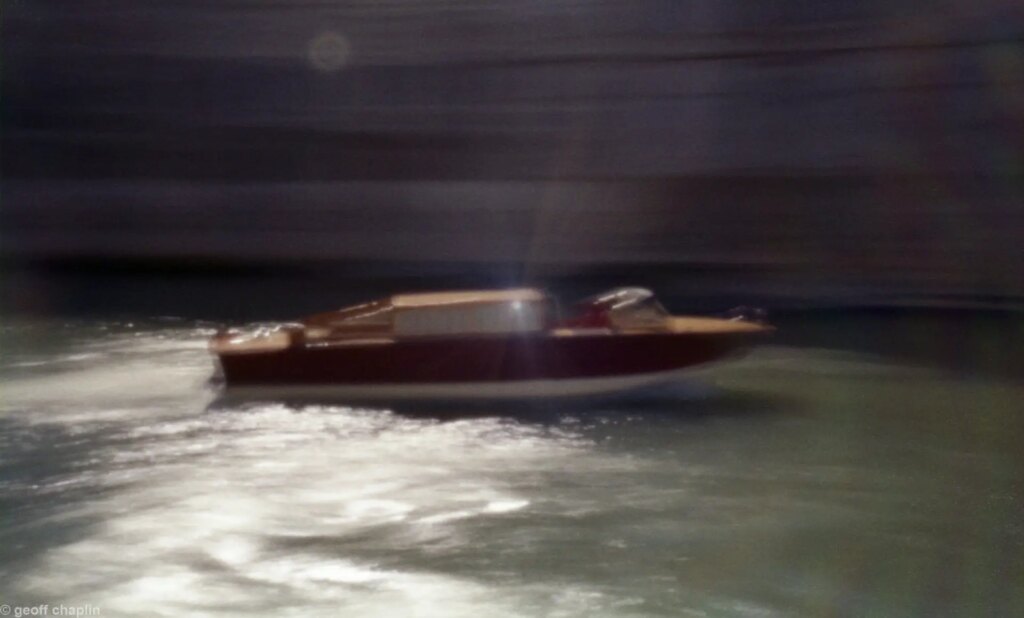
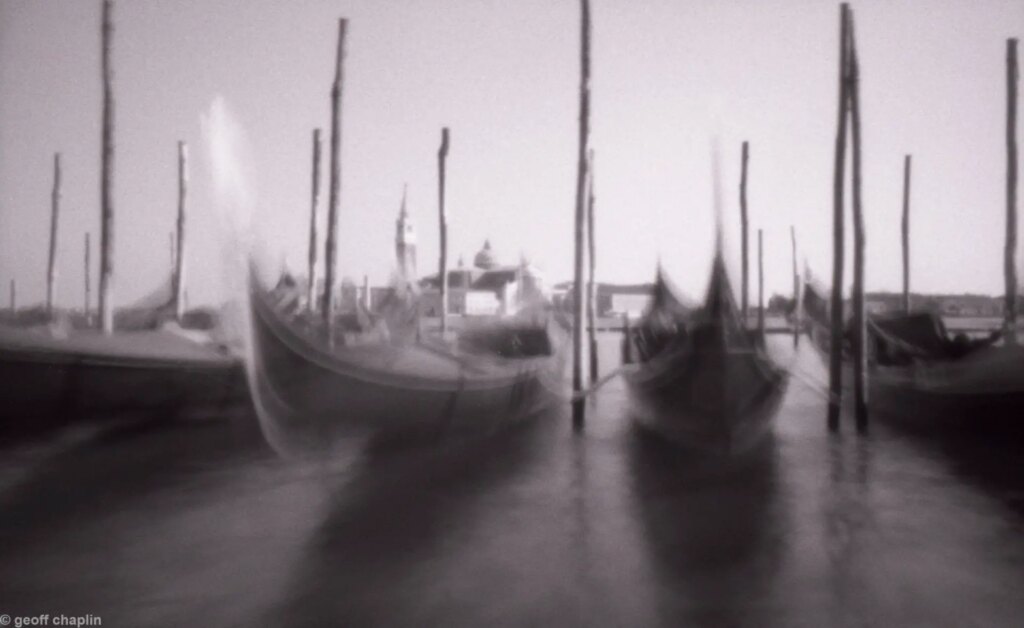
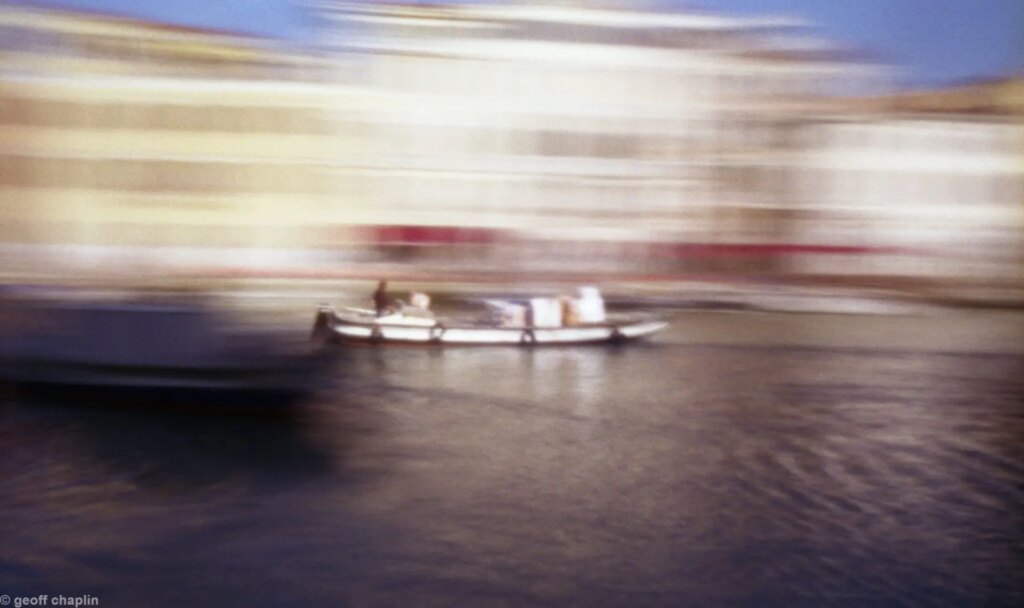
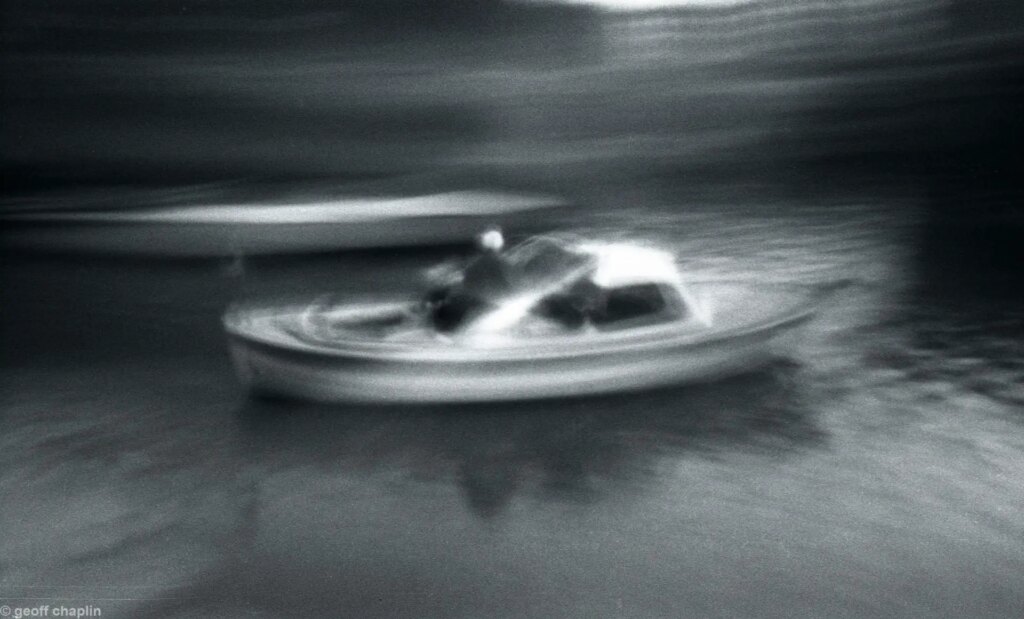
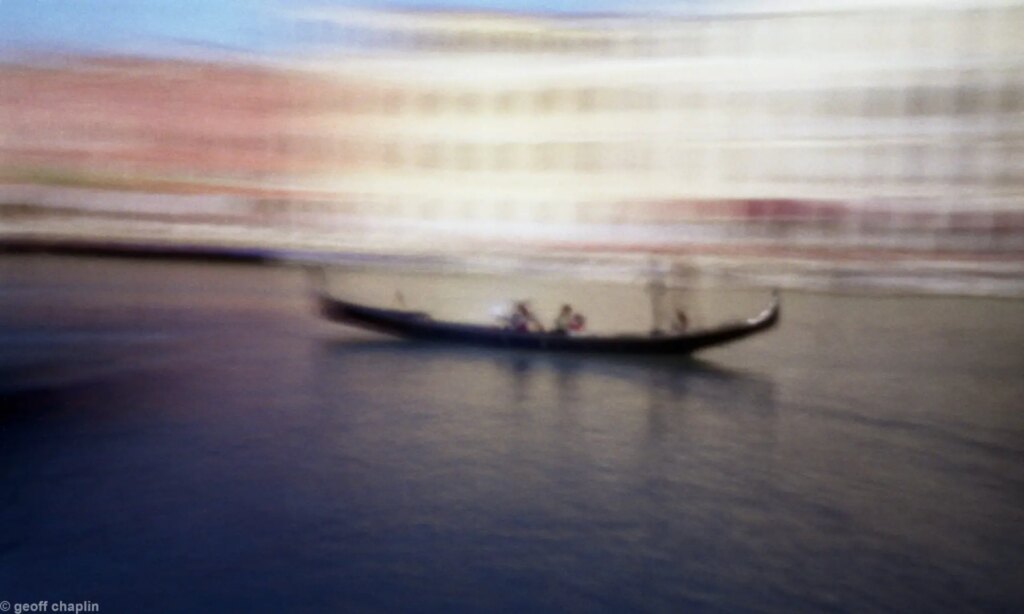
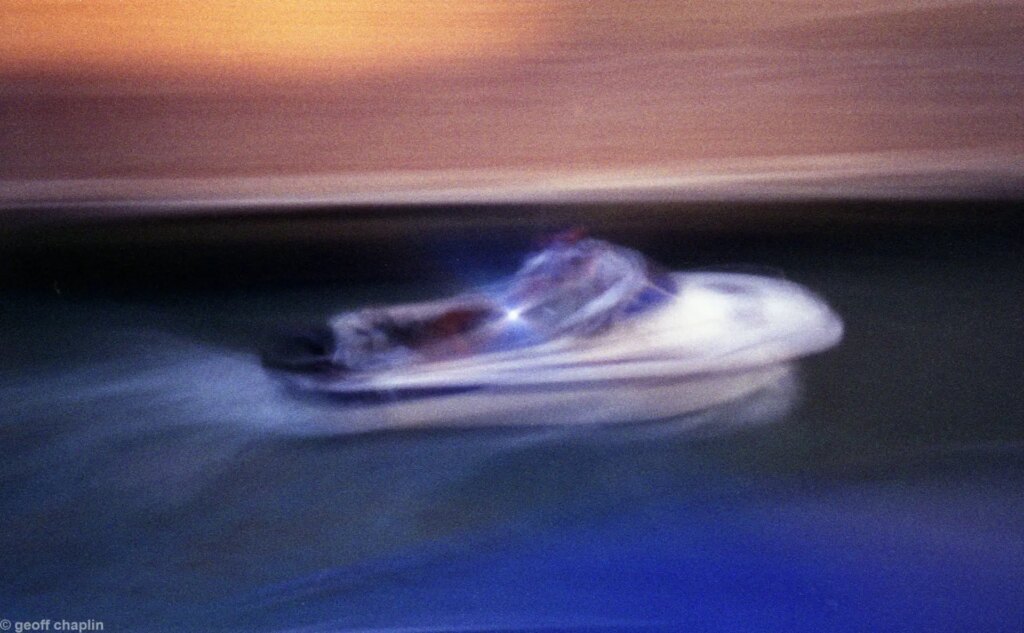
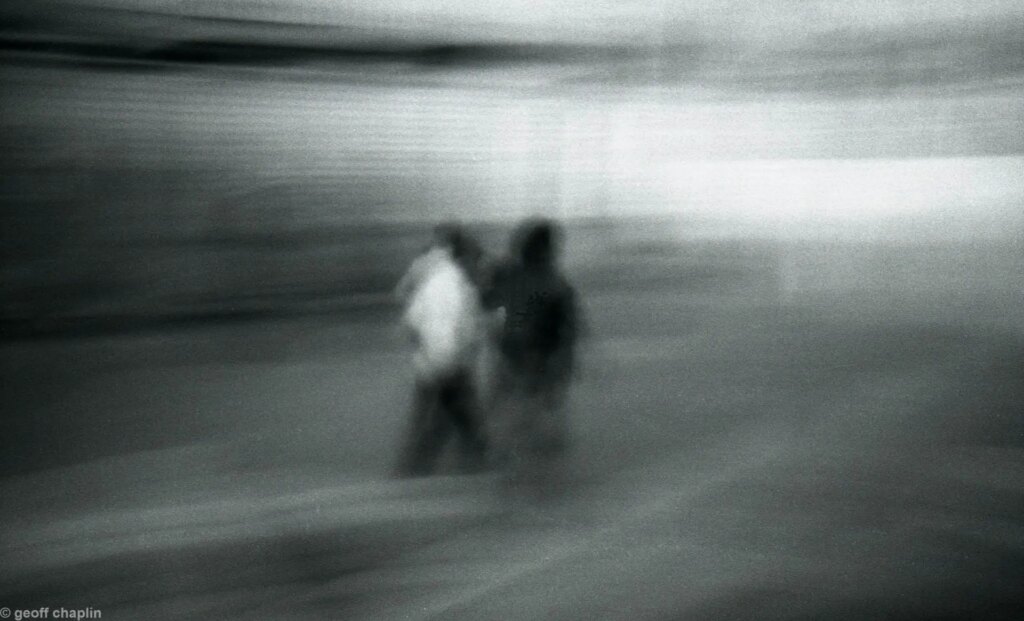
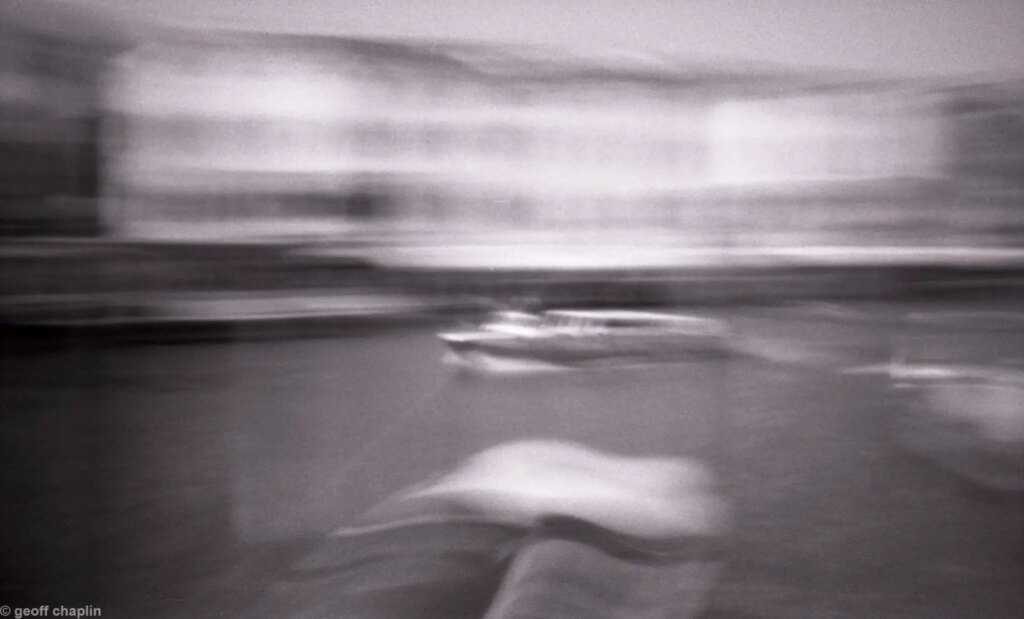
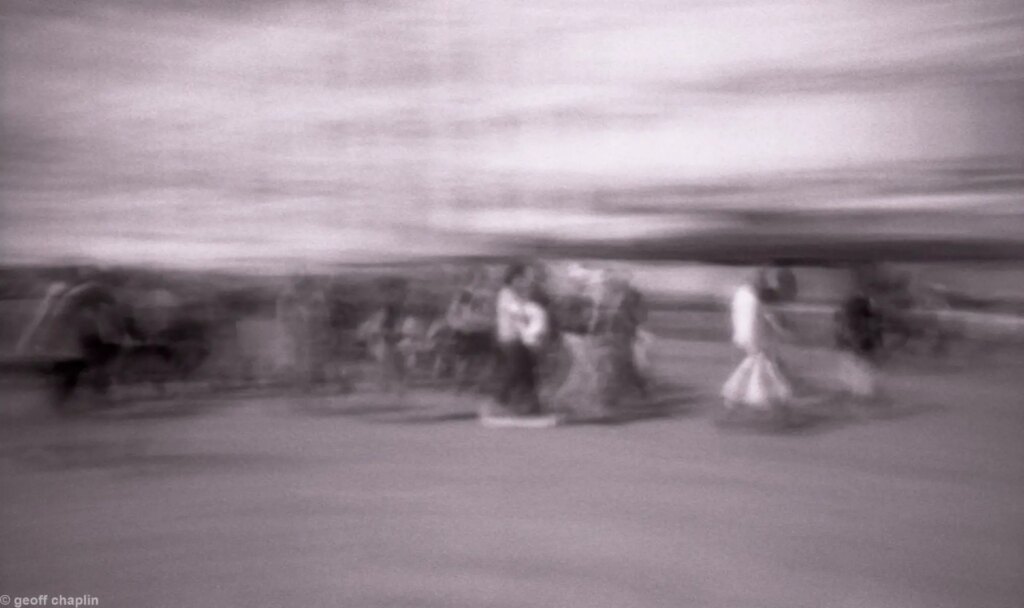
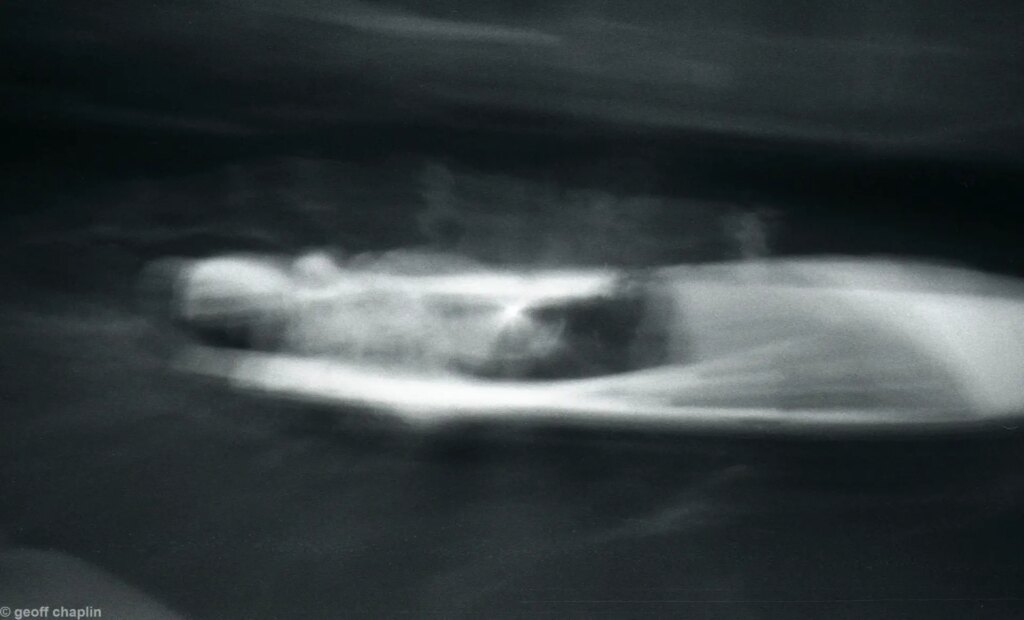
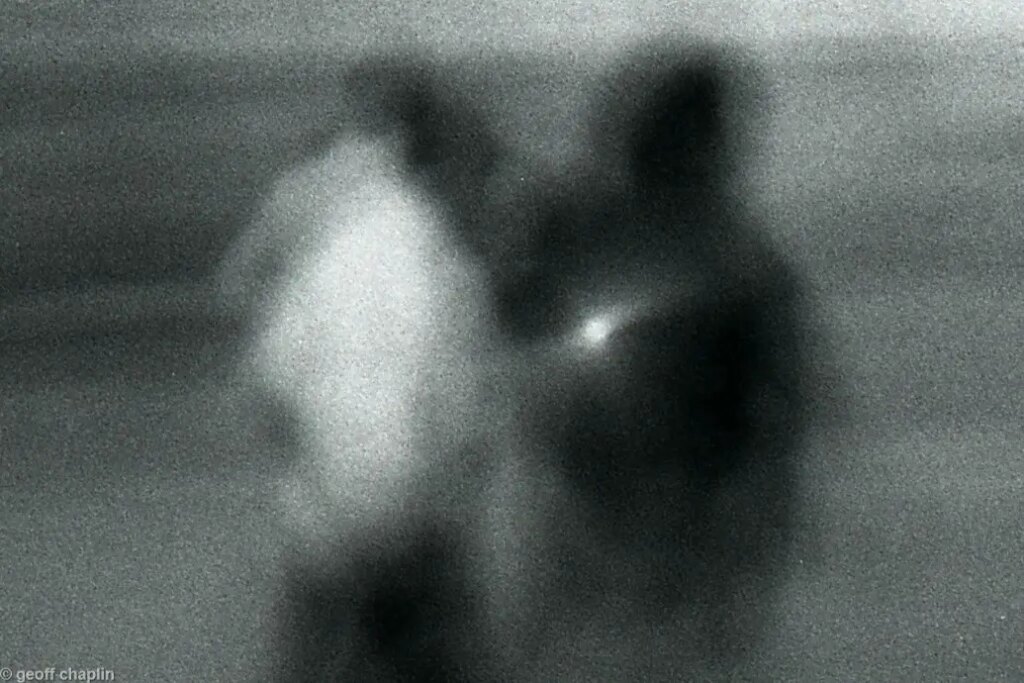
Footnote: The Avenon “air-lens” and pinholes
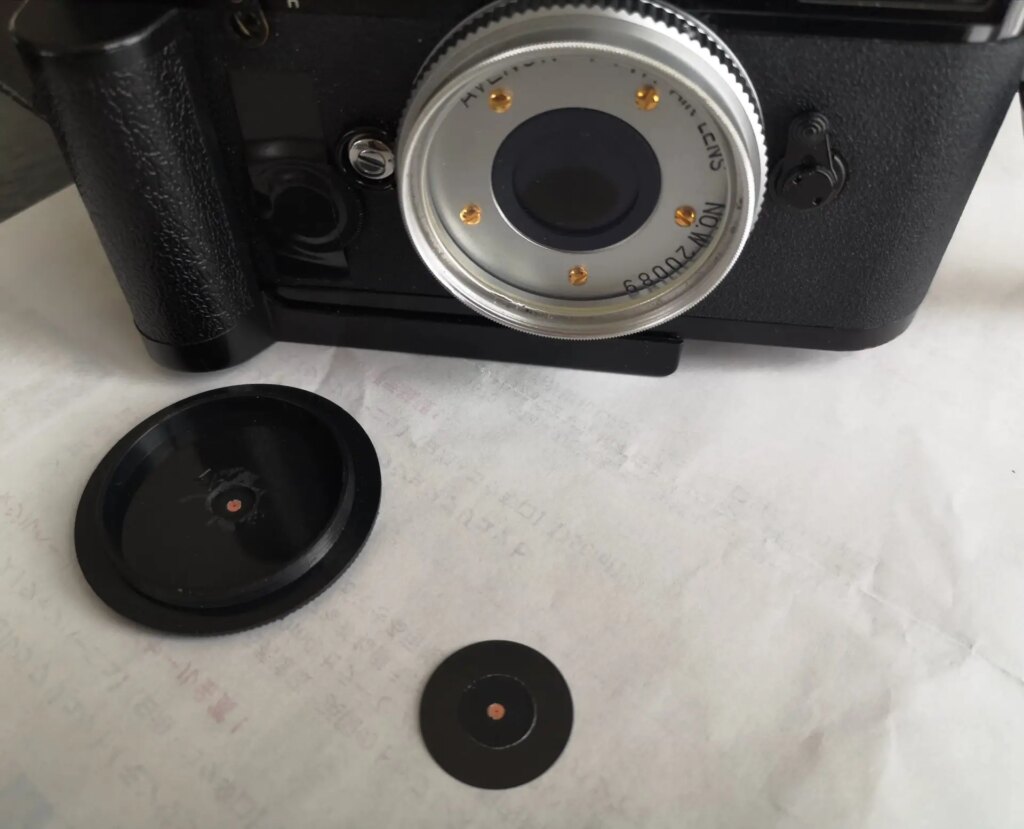
The image above shows a laser drilled pinhole, such a pinhole attached to a lens cap (a typical home-made pinhole), and the Avenon air-lens (no longer in production). The air-lens is essentially just a standard pinhole professionally attached to a filter mount and in this case with a UV filter attached. The filter mount can be especially beneficial shooting B&W – allowing easy secure change of filters rather than having to tape sections of polystyrene filters on front.
Various factors affect pinhole image characteristics (and I use this word rather than ‘quality’). If the substrate for the pinhole is thick, imaging taking a landscape scene looking through a tunnel – you get vignetting. There is an optimal distance (depending on wavelength) between the pinhole and the image plane for maximum sharpness. If the pinhole is not round and clean then the diffraction pattern produced from bright lights will be uneven. It’s possible to make your own pinhole using aluminium foil and the point of a fine needle trimming, is possible, and stray pieces of metal protruding around the hole.
Although digitally removed or reduced on the final version, in all of the original negatives a central spot is visible (the “rabbit hole”). This is not normal for pinhole images. After having the films developed I checked the pinhole under a microscope – it was perfectly round and clean. I have not been able to reproduce the effect with the Avenon, with or without filter, or any other pinhole on the same or other cameras. I’m still trying.
Share this post:
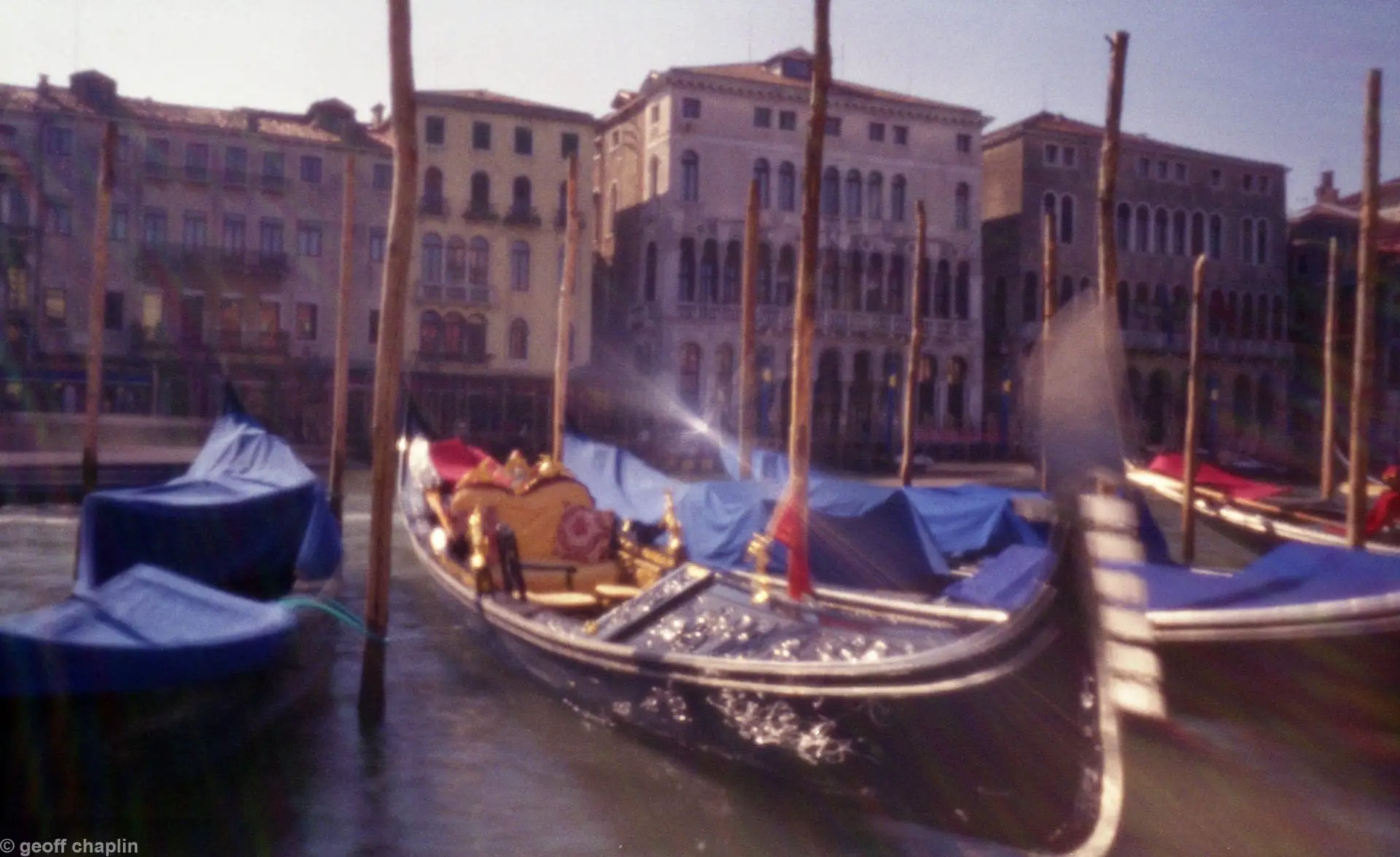








Comments
terry long on Venice into Dreams – a Pinhole Photo Essay
Comment posted: 13/04/2023
Comment posted: 13/04/2023
Comment posted: 13/04/2023
Comment posted: 13/04/2023
Comment posted: 13/04/2023
Comment posted: 13/04/2023
Comment posted: 13/04/2023
Comment posted: 13/04/2023
Comment posted: 13/04/2023
Comment posted: 13/04/2023
Comment posted: 13/04/2023
Dave Faulkner on Venice into Dreams – a Pinhole Photo Essay
Comment posted: 13/04/2023
Comment posted: 13/04/2023
Ibraar Hussain on Venice into Dreams – a Pinhole Photo Essay
Comment posted: 13/04/2023
Comment posted: 13/04/2023
mani on Venice into Dreams – a Pinhole Photo Essay
Comment posted: 13/04/2023
Comment posted: 13/04/2023
Castelli Daniel on Venice into Dreams – a Pinhole Photo Essay
Comment posted: 13/04/2023
Here’s a thought: I’m sure a metal body cap can be obtained for any camera via Amazon or eBay. Find a local machine shop and have the cap mounted in a lathe, and center drill a tiny hole. Polish the opening. You have a pinhole ‘lens’.
Comment posted: 13/04/2023
Comment posted: 13/04/2023
Comment posted: 13/04/2023
Geoff Chaplin on Venice into Dreams – a Pinhole Photo Essay
Comment posted: 14/04/2023
Calum Davey on Venice into Dreams – a Pinhole Photo Essay
Comment posted: 14/04/2023
Comment posted: 14/04/2023
Richard on Venice into Dreams – a Pinhole Photo Essay
Comment posted: 14/04/2023
I tried this and as you say the image was heavily vignetted. The material with the hole in needs to be extremely thin in order to get the necessary angle of view. A lens cap is too thick.
Lovely images you've got there.
Richard
Comment posted: 14/04/2023
James_T on Venice into Dreams – a Pinhole Photo Essay
Comment posted: 14/04/2023
Comment posted: 14/04/2023
Brian Nicholls on Venice into Dreams – a Pinhole Photo Essay
Comment posted: 15/04/2023
Comment posted: 15/04/2023
Gary on Venice into Dreams – a Pinhole Photo Essay
Comment posted: 16/04/2023
Comment posted: 16/04/2023
Anthony Bailey on Venice into Dreams – a Pinhole Photo Essay
Comment posted: 25/04/2023
Comment posted: 25/04/2023